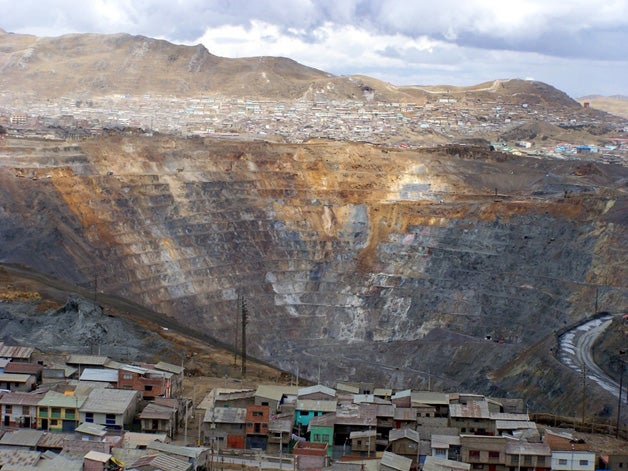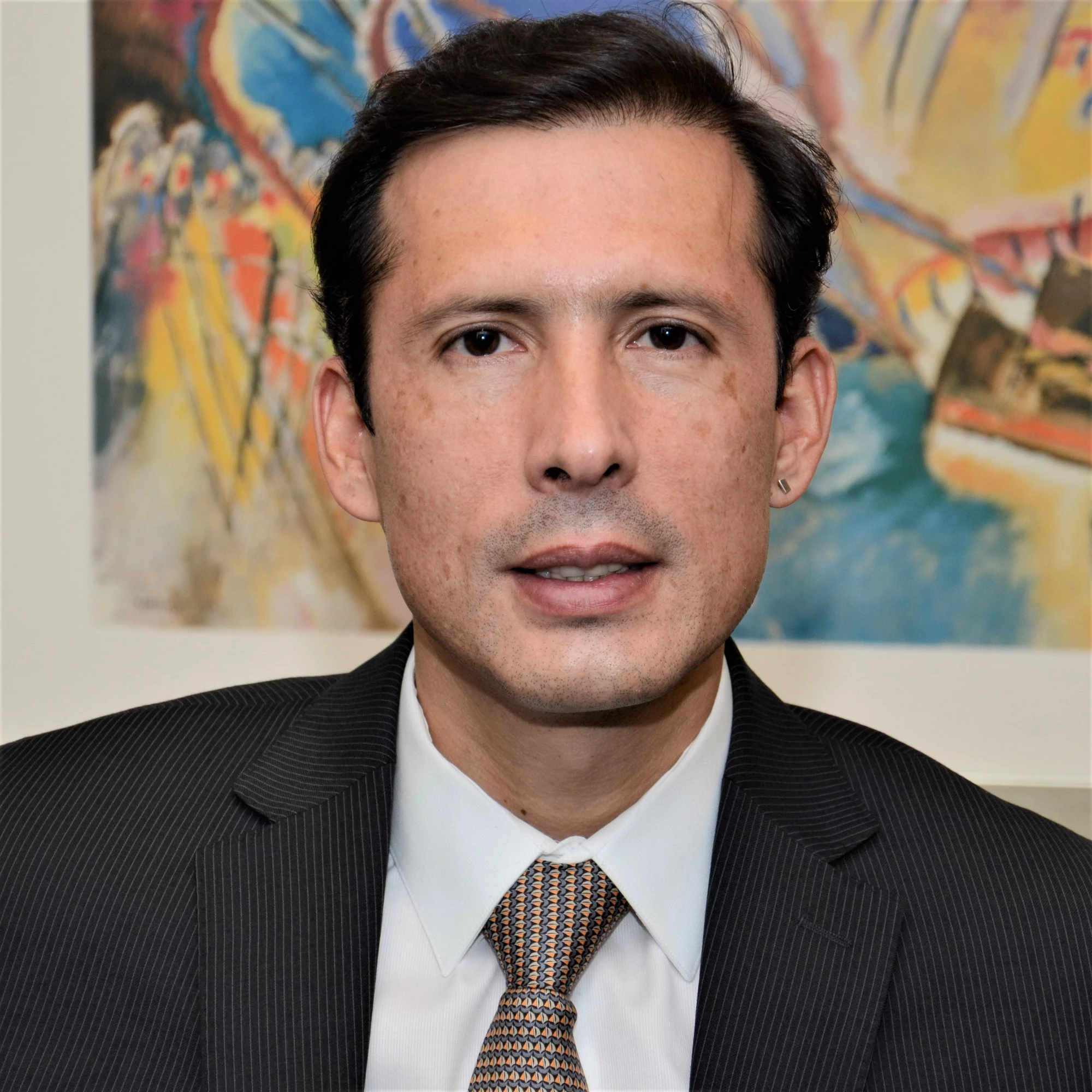
Cerro de Pasco sits in the middle of the Peruvian Andes, at 4,300 meters above sea level. The department of Pasco is among the eight poorest departments in Peru, and a quarter of its children are chronically malnourished. The only paved road that reaches Cerro de Pasco from the coast is the Carretera Central, a crowded, winding, single-lane road that goes from Lima to 4,800 meters above sea level, where it crosses the Ticlio pass. From there, a deserted road crosses the Junin plateau, inhabited by alpacas, vicunas and a few, scattered residents.
At the other side of the plateau, hidden in the mountains, sits Cerro de Pasco, a city of 70,000 inhabitants. Cerro de Pasco has been a mining center since the early 17th century. It was initially renowned for silver extraction, but nowadays it also produces lead and zinc. In the middle of the city one can observe the highest open-pit mine in the world, which extends about 2 kilometers and is almost 400 meters deep. In fact, the pit has “swallowed” most of the historic city center and represents a serious threat to public health. Resettlement of the city residents is now a necessity.
There is no doubt that the mining boom in Peru, from a national perspective, has brought the country significant wealth, and contributed to the impressive growth rates that allowed millions of Peruvians to be lifted out of poverty – including many citizens from the Pasco department. But have native people living close to the mines benefitted directly from this boom? The strong migration towards Cerro de Pasco, for instance, could indicate that locals may not have the right set of skills to be productively employed and benefit from mining activity. The limited economic activity that can be observed in the districts surrounding the city suggests that the benefits from mining activity may have limited geographic reach. And Cerro de Pasco is only one of many locations facing similar uneven benefits – another, more recent example is Challhuahuacho, in the department of Apurímac, where sizable immigration has brought about gentrification ... but also dislocation of native inhabitants.
In a recently published paper, we investigate the local impacts of mining activity, assessing whether the benefits of mining trickled down to the local population during the recent mining boom in Peru.In the 1990s and 2000s, the value of Peruvian mining exports grew by fifteen times; and since early 2000s, one-half of fiscal revenues from mining have been devolved to local governments. In order to compare socioeconomic outcomes between districts with and without mining activity, we use the district-level “poverty map” of 2007 (the latest available with accurate data on consumption, poverty, and inequality) together with district-level data on mining production, fiscal transfers to local government, and initial conditions from the 1993 census.
We find that mining districts have larger average consumption per capita and lower poverty rates than otherwise similar districts. These positive impacts, however, decrease drastically with administrative and geographic distance from mining centers. Moreover, on the negative side, consumption inequality within mining districts is higher than in comparable nonproducing districts.
Our findings are consistent with the hypothesis that local populations may benefit relatively less from mining activity than migrants, in part due to a skills mismatch that hinders their employment in some of the better qualified mining jobs. Thus, the inequalizing effect of mining can be attributed to an influx of better educated immigrants attracted by mining activity and also by the limited job and business opportunities that only some community natives obtain in industries and services related to mining. The limited employment opportunities offered to locals by mining activity may also explain why neighboring districts may not appear to benefit from mining.
The inequalizing impact of mining, both across and within districts, may help explain the social discontent with mining in Peru, despite its enormous revenues. A related question regards the usefulness of fiscal transfers to local governments (the Mining Canon), a key component of the fiscal decentralization reform of 2002, which aims at sharing the benefits and compensating locals from the adverse effects of mining. We find neither a detrimental nor a beneficial effect from the Mining Canon in Peru. Whether this is explained by our early measurement of results (5 years into the decentralization program) or by the lack of implementation capacity of local governments remains to be answered.
Solving the social discontent with mining and allowing mining to reach its full potential on local communities will require a broader discussion and institutional reforms. These would address some difficult questions: Should native inhabitants benefit from mining through individual ownership rights? Should local communities be given a stronger role in the decision making over natural resources? And, should the management of mining revenues be only one component, albeit important, in a comprehensive reform of fiscal decentralization in Peru and other countries facing similar issues?



Join the Conversation